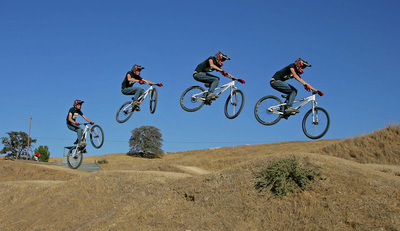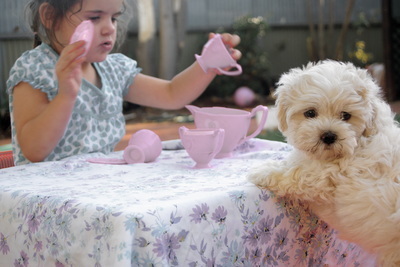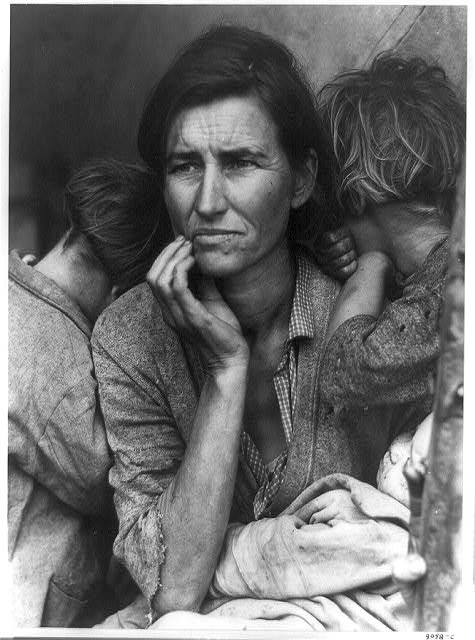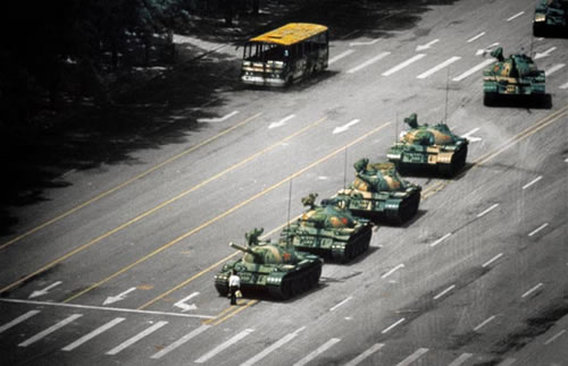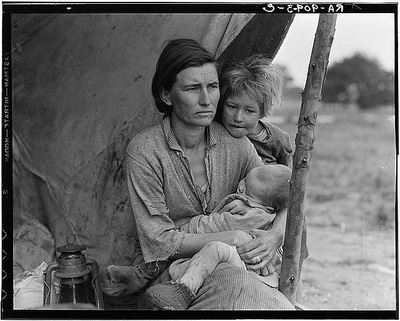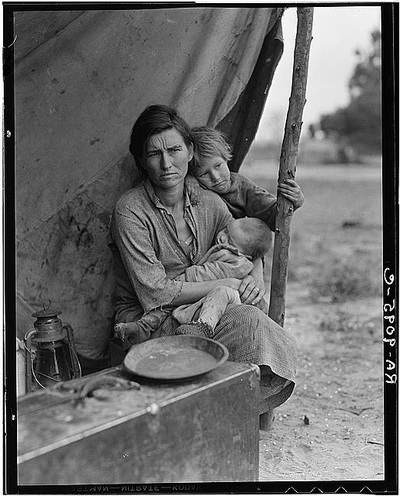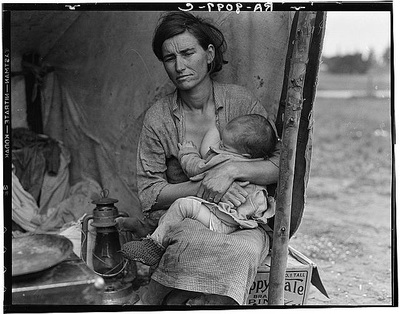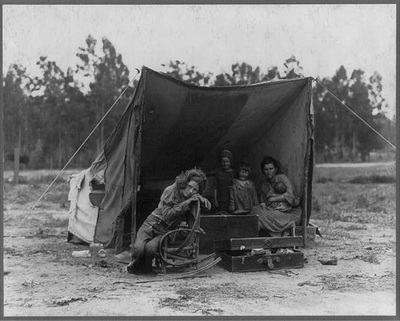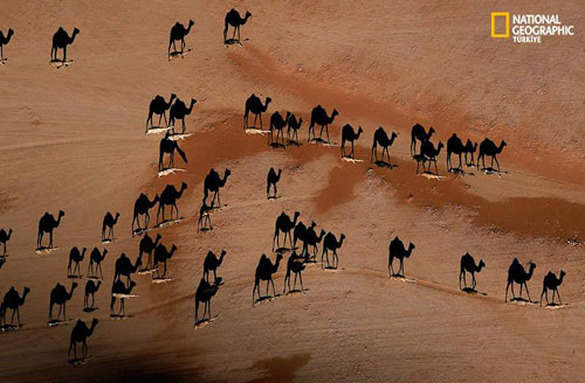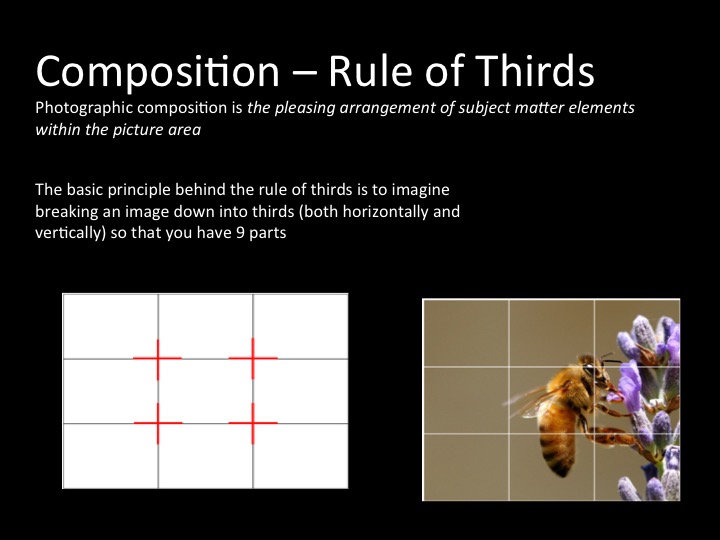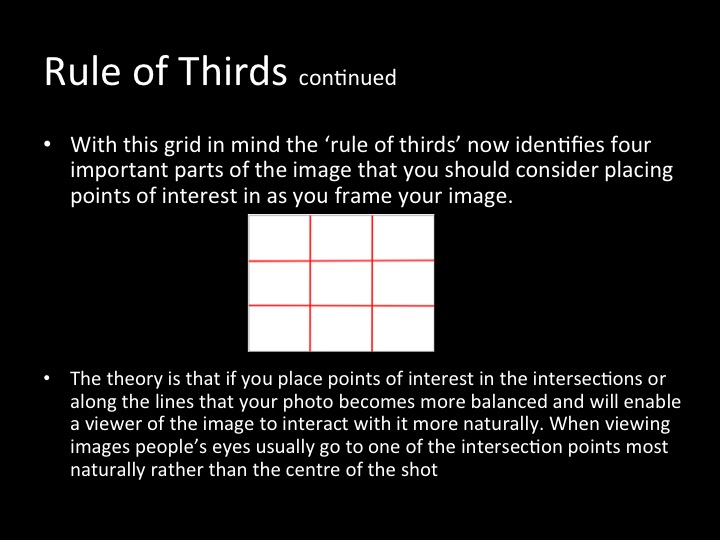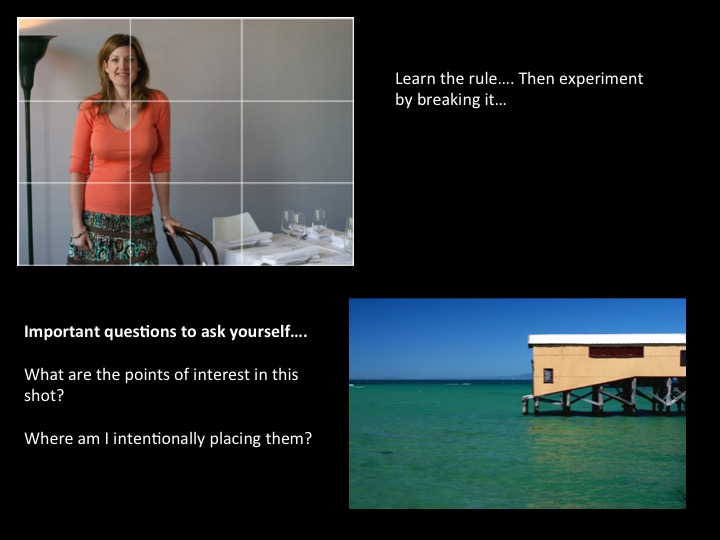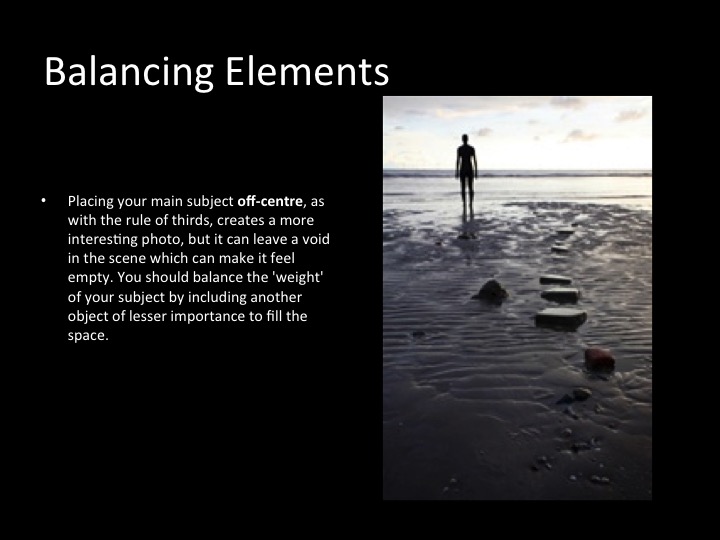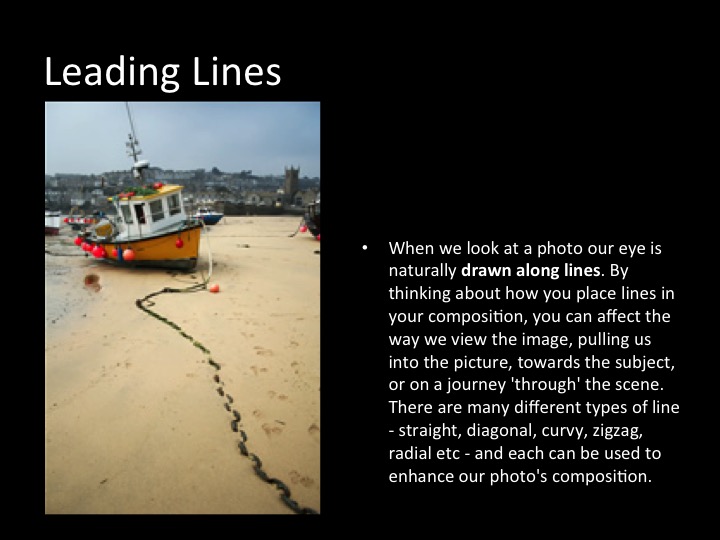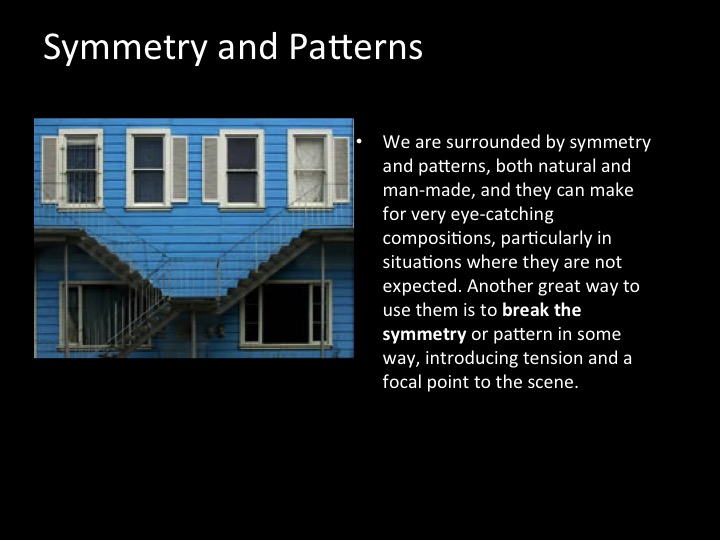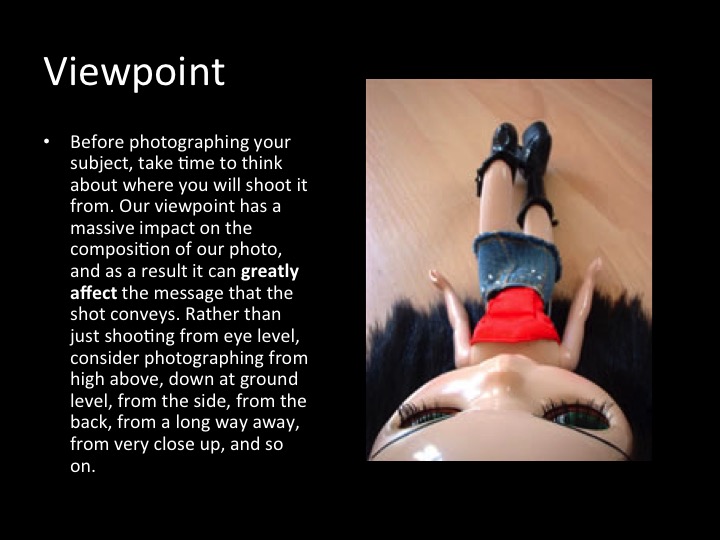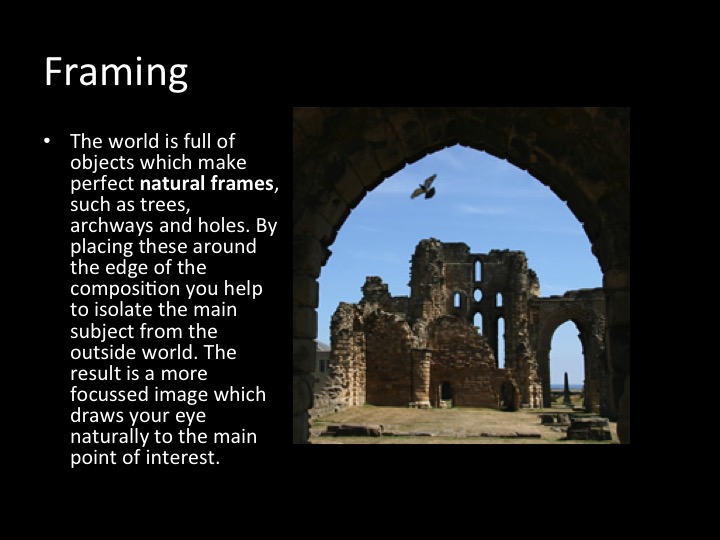INTRODUCTION TO photography
TASK ONE : IMAGE WITH IMPACT
The power of a photo
1. Afghanistan for a refugee camp in Pakistan in 1983".
At the Nasir Bagh refugee camp in 1984, Gula's photograph was taken by National Geographic photographer Steve McCurry on Kodachrome color slide film. Gula was one of the students in an informal school within the refugee camp; McCurry, rarely given the opportunity to photograph Afghan women, seized the opportunity and captured her image.
Although her name was not known, her picture, titled "Afghan Girl", appeared on the June 1985 cover of National Geographic. The image of her face, with a red scarf draped loosely over her head and with her piercing sea-green eyes staring directly into the camera, became a symbol both of the 1980s Afghan conflict and of the refugee situation worldwide. The image itself was named "the most recognized photograph" in the history of the magazine
At the Nasir Bagh refugee camp in 1984, Gula's photograph was taken by National Geographic photographer Steve McCurry on Kodachrome color slide film. Gula was one of the students in an informal school within the refugee camp; McCurry, rarely given the opportunity to photograph Afghan women, seized the opportunity and captured her image.
Although her name was not known, her picture, titled "Afghan Girl", appeared on the June 1985 cover of National Geographic. The image of her face, with a red scarf draped loosely over her head and with her piercing sea-green eyes staring directly into the camera, became a symbol both of the 1980s Afghan conflict and of the refugee situation worldwide. The image itself was named "the most recognized photograph" in the history of the magazine
|
2. "Migrant Mother"
Dorothea, Lange, photographer, "Destitute Pea Pickers in California. Mother of Seven Children. Age Thirty-Two. Nipomo, California." February, 1936. The photograph that has become known as "Migrant Mother" is one of a series of photographs that Dorothea Lange made of Florence Owens Thompson and her children in February or March of 1936 in Nipomo, California. Lange was concluding a month's trip photographing migratory farm labor around the state for what was then the Resettlement Administration. In 1960, Lange gave this account of the experience: I saw and approached the hungry and desperate mother, as if drawn by a magnet. I do not remember how I explained my presence or my camera to her, but I do remember she asked me no questions. I made five exposures, working closer and closer from the same direction. I did not ask her name or her history. She told me her age, that she was thirty-two. She said that they had been living on frozen vegetables from the surrounding fields, and birds that the children killed. She had just sold the tires from her car to buy food. There she sat in that lean- to tent with her children huddled around her, and seemed to know that my pictures might help her, and so she helped me. There was a sort of equality about it. (From: Popular Photography, Feb. 1960). |
|
3. Tiananmen Square [1989]
Photographer: Stuart Franklin Magnum Source: life.com This is probably the most famous picture you know. This is the picture of a student who tries to stop the tanks in Tiananmen Square standing in front of them. The tank driver didn’t crush the man with the bags but shortly after, the square filled with blood. The photo showed the Chinese that there is hope. However, China is still controlled by a communist regime. |
4. Photographer: George Steinmetz
Source: nationalgeographic.com
Picture taken in February 2004 on assignment for National Geographic, this photograph shows a unique aerial perspective of The Empty Quarter, the worlds largest sand desert. Photographer George Steinmetz took the picture while piloting his motorized paraglider in a remote part of Oman. Since it first appeared in National Geographic, it has been included in numerous additional publications and exhibitions.
Source: nationalgeographic.com
Picture taken in February 2004 on assignment for National Geographic, this photograph shows a unique aerial perspective of The Empty Quarter, the worlds largest sand desert. Photographer George Steinmetz took the picture while piloting his motorized paraglider in a remote part of Oman. Since it first appeared in National Geographic, it has been included in numerous additional publications and exhibitions.
task two : Photo Hunt
|
|
|
